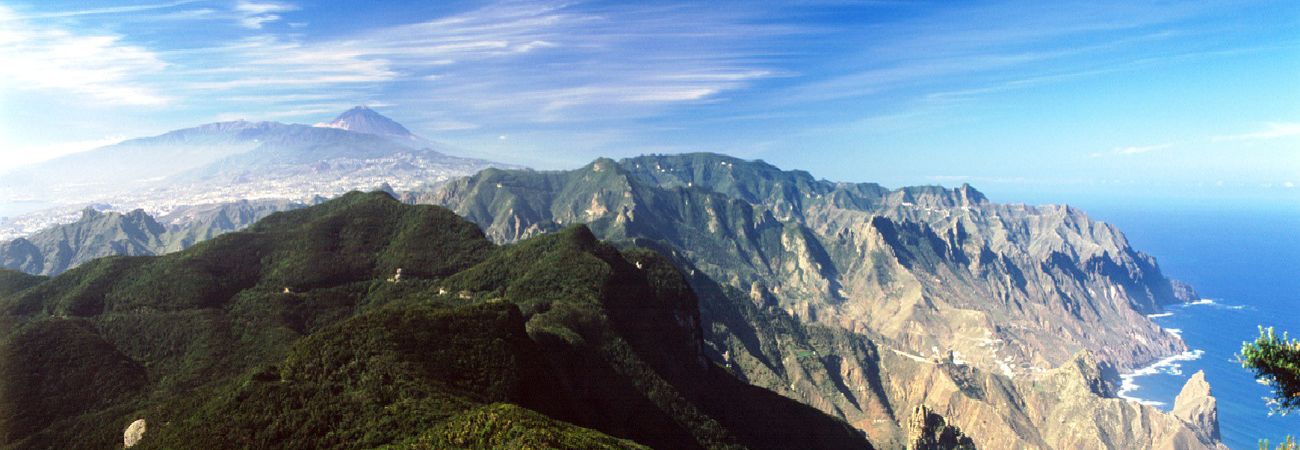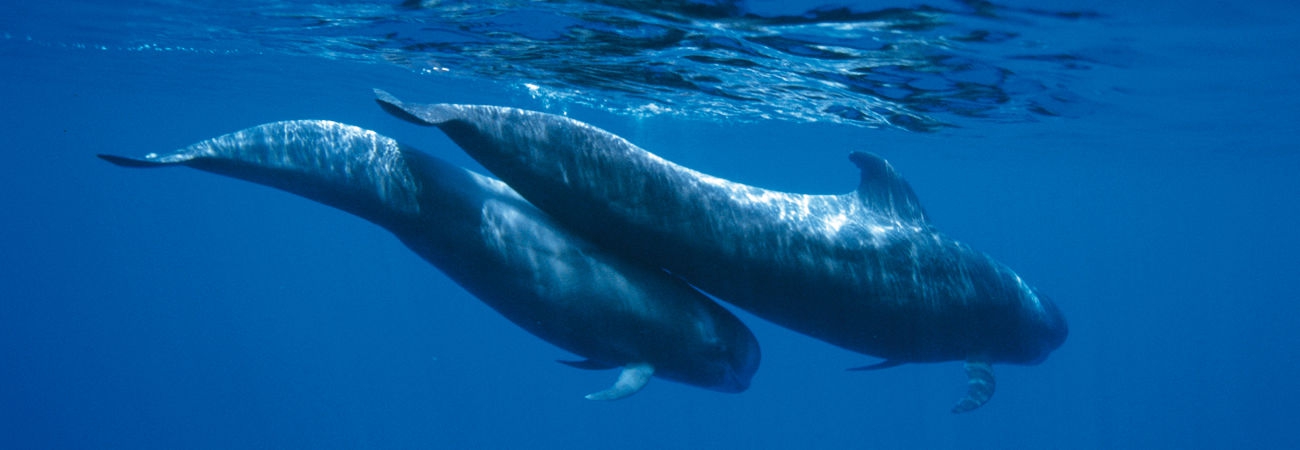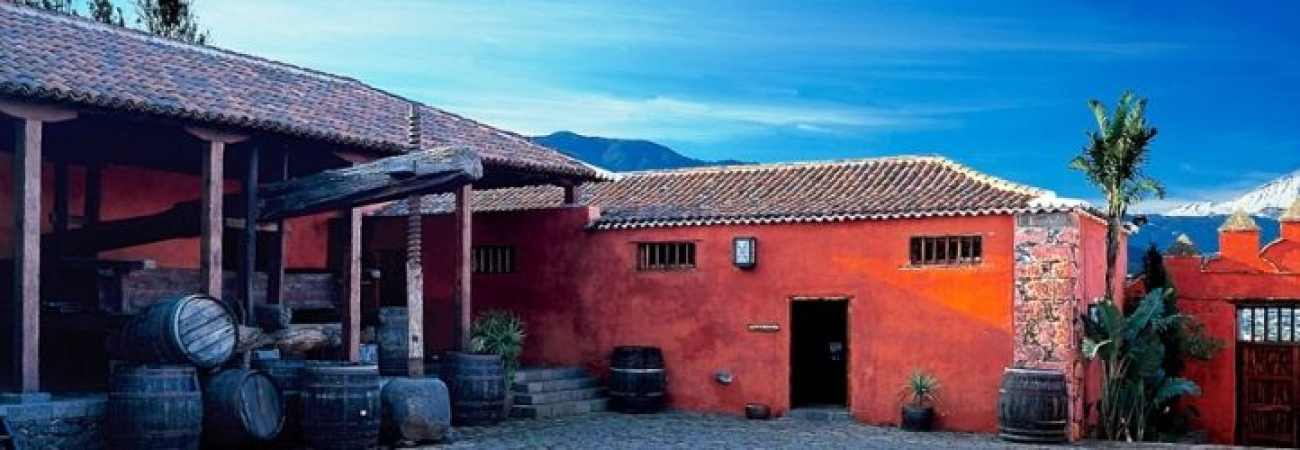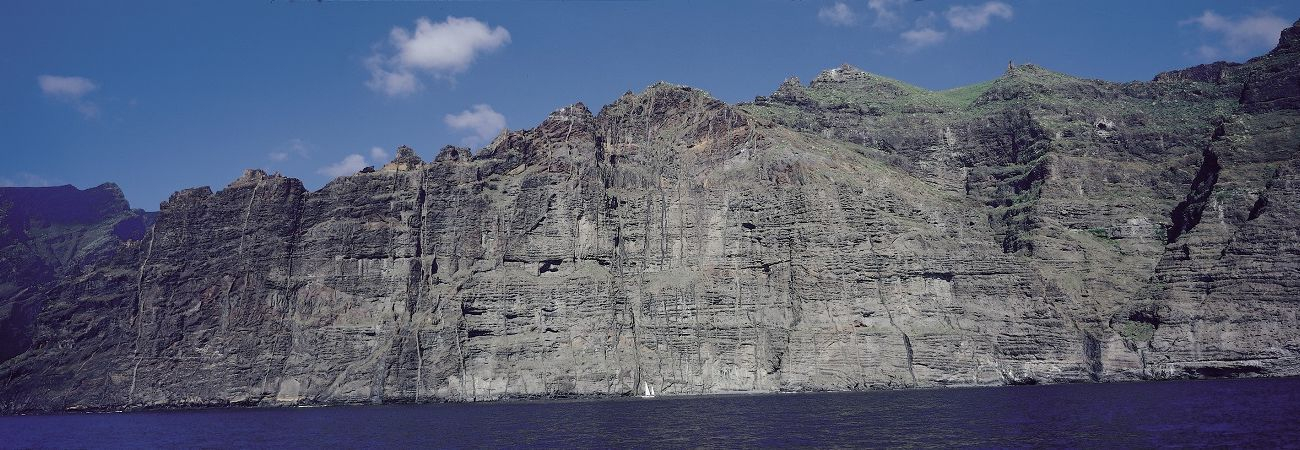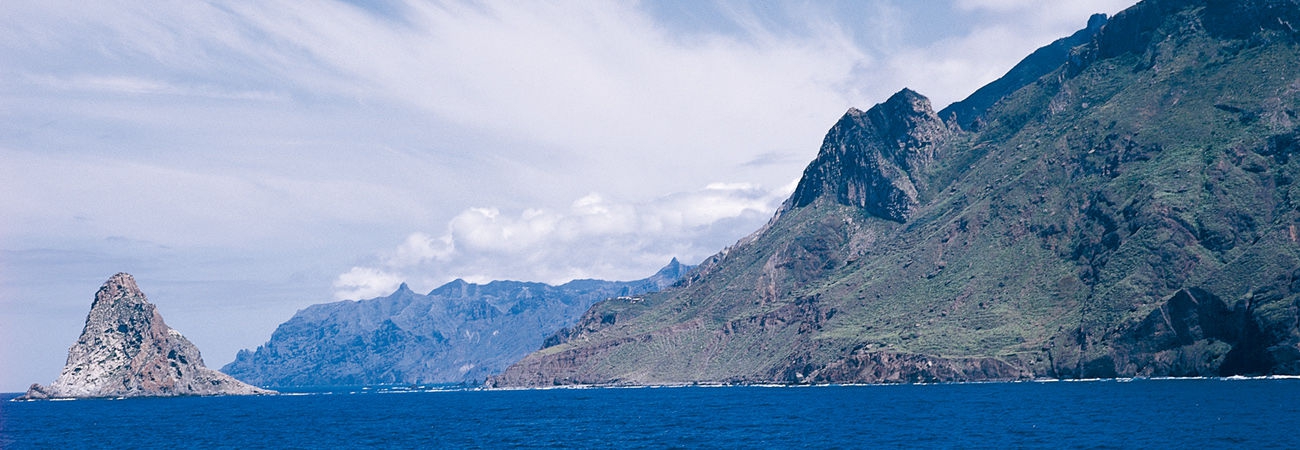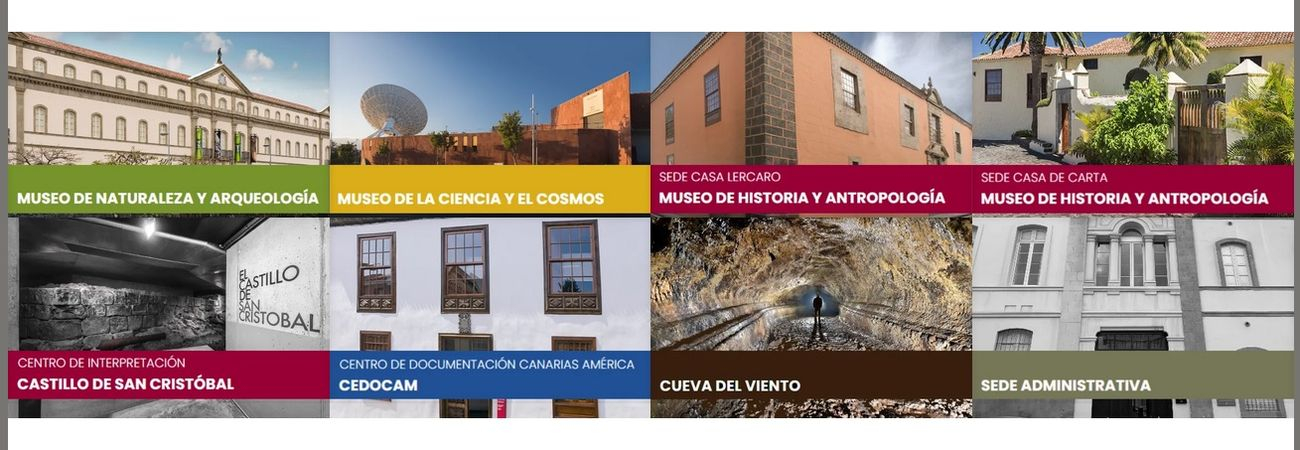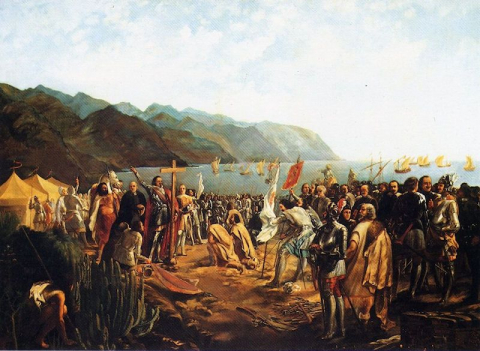Santa Cruz de Tenerife
Before the conquest, the land of this borough were probably part of the kingdom of Anaga, with the area of what is now Santa Cruz going by the name of Añazo. A large group of Guanches lived in the caves of Barranco de Santos, on exactly the route chosen by Fernández de Lugo on his invasion of the island. Lugo planted the cross in what is now the district of El Cabo, which is were the original town started growing.
Two churches were soon built, one of which grew out of the altar that had been set up in the original military camp. The church would not officially receive the name of La Concepción until 1638, although this name first appears on record in 1636.
Initially, it was an auxiliary parish to the parish church of the same name in La Laguna. Its origins were poor and humble. It was promoted to parish church by a decree of the 5th of December, 1533, although the decree was not implemented until 1539, according to the church's own records.
In the last years of the 15th century, a heterogeneous society gradually started to form here, made up of soldiers - it is still the time of the conquest - sailors, merchants and the Guanches themselves.
As of the 16th century, Santa Cruz has a three step loading dock and became the target of many attacks, due to its strategic position as a stopover in the sea-routes to America. This meant the city had to be fortified. In 1464, Sancho de Herrera had raised a tower and a second was built by the Governor in 1494. The old San Cristóbal castle, which no longer exists, was built in 1570, during the reign of Felipe II, and the San Juan castle was built in 1648. The Paso Alto castle is also 17th century, with other fortification works being built in the 18th and 19th centuries.
The harbour got an important boost in the 18th century, especially after the port of Garachico was destroyed by a volcanic eruption, and it was extended and improved throughout the 19th century.
The growth of the port brought great wealth to the city, which was now the site of beautiful stately buildings and many churches and convents. The main government agencies started to move to the city; for instance the Captain Generals, who had their residence in Gran Canaria until 1661 and in La Laguna until 1723, set up residence in Santa Cruz.
In October 1803, Carlos IV granted the city the title of "Muy Noble, Leal e Invicta Villa de Santa Cruz de Santiago" (Noble, Loyal and Unbeaten Town of Santa Cruz de Santiago), making it independent from La Laguna. After several attempts, it finally receives the title of City in a Royal Decree of 29th May, 1859. It also became the capital of the Canary Islands in the 19th century, and remained so until the Islands were divided into two provinces, when it becomes the capital of the province of Santa Cruz de Tenerife, made up of the islands of Tenerife, La Palma, La Gomera and El Hierro.







